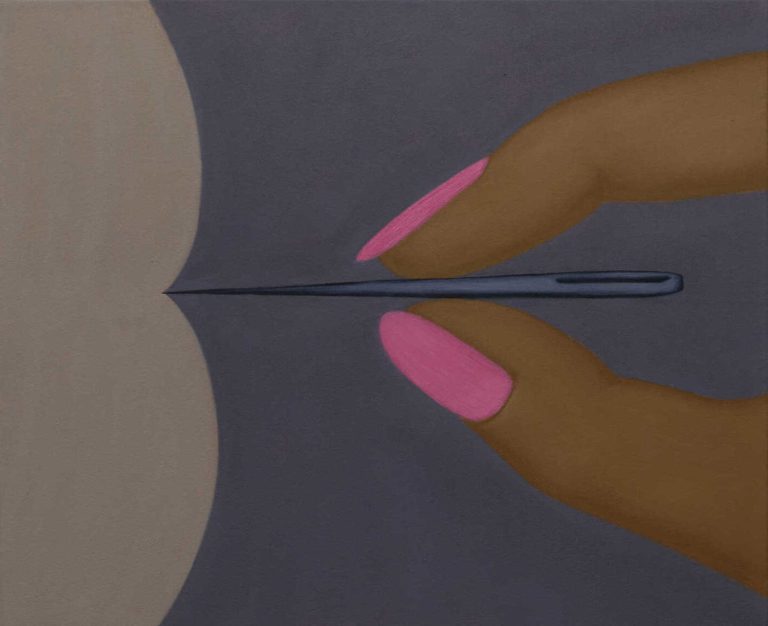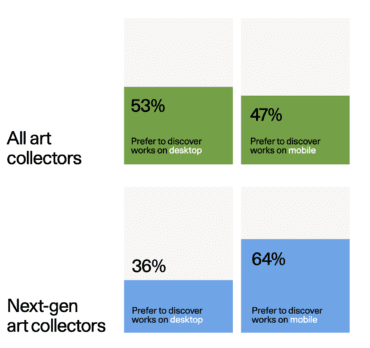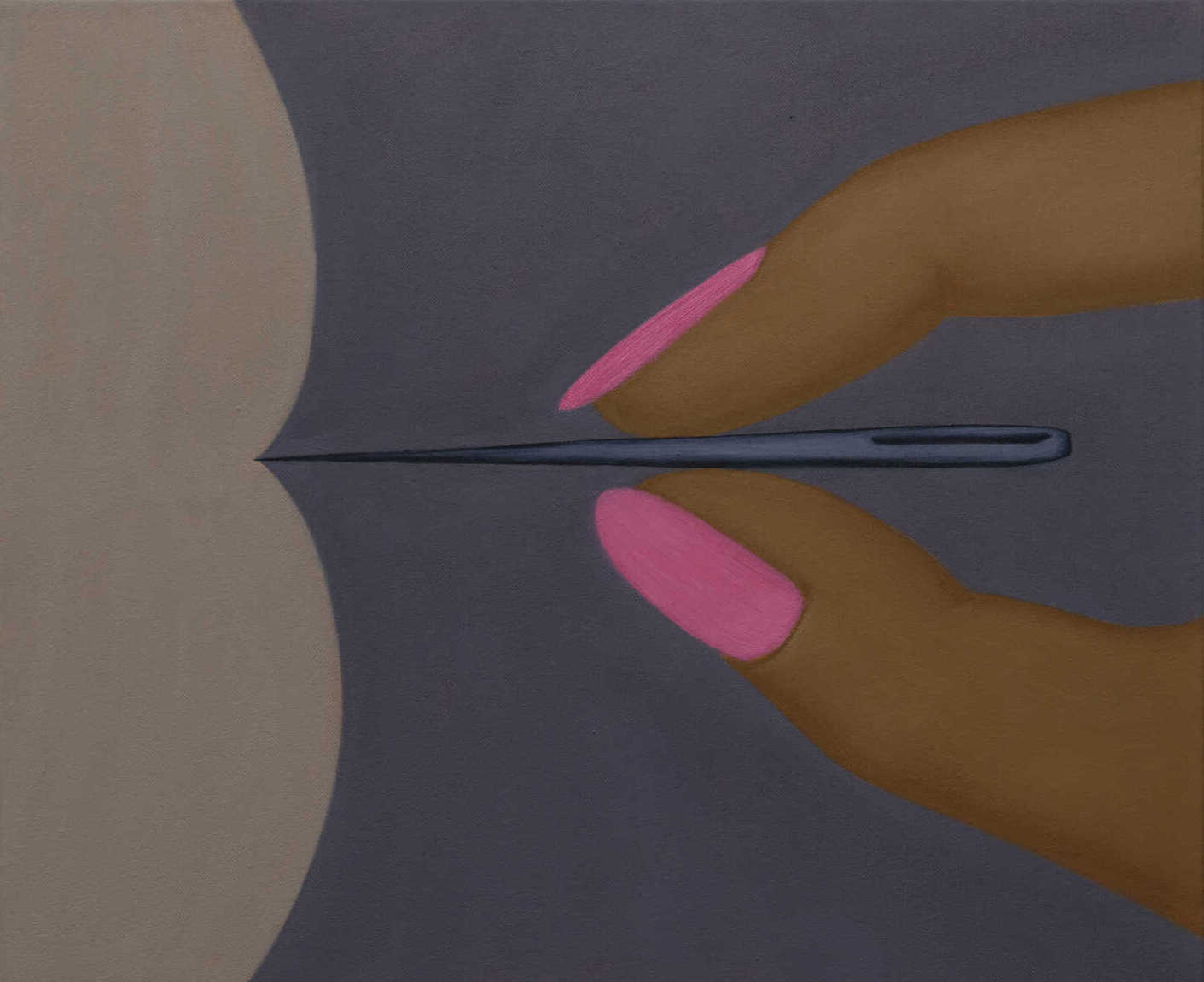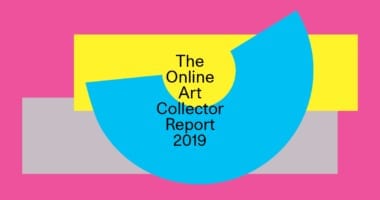
Henni Alftan, Prick, 2021. Courtesy of Karma.
The online art market keeps on growing—and with it are new rules, expectations, and behaviors that might not be familiar to galleries who are used to selling art in person.
To make it simple, we created this list of five tips that will set your gallery up for online success, featuring research from our newest art industry report.
1. Don’t hide prices
Visible pricing is a given for nearly everything you can buy online, and today’s collectors expect the same level of transparency for art. Our research has found that 62% of all collectors (and 71% of newer collectors) view hidden pricing as a pain point, and in the ART+TECH Report, 9 out of 10 collectors said they prefer to see prices when buying art online.

On Artsy, works with visible pricing are five times more likely to sell than those without. That’s because price transparency helps collectors reach the decision-making stage faster, thereby speeding up the process (while also saving time for your gallery staff). If you’re not comfortable listing the exact price of a work, Artsy offers the option to show a price range instead.
“On Artsy, works with visible pricing are five times more likely to sell than those without.”
2. Share your entire inventory
It remains common for galleries to only share a portion of their available works online. But this practice clashes with the wishes of most collectors, especially those actively searching for works by a specific artist. When new works by said artist go up for sale online, the collector-on-the-hunt will often pounce on whatever’s available and purchase something quickly.
Beyond uploading all of your available inventory, be sure to also share rich details about each work (What’s the story behind it? Is there significance in the medium, title, etc.?) and the artist who made it—their background, their market, and anything else a collector might want to know about them. Finally, be prepared to share condition reports and provenance information if asked.
3. Treat inquiries the same, online and offline
Imagine you’re working a fair booth, and a collector comes up to ask about a piece. Would you answer their questions promptly and efficiently, or stare at them blankly for an hour? Now, say they browse the fair on Artsy instead, and submit an inquiry about the same work. Do you respond at your earliest convenience, or let their message sit unanswered for days?
Whether you meet a collector online or in person, their intent doesn’t change, nor does their budget. And when they’re given the right information promptly, they’ll be more ready to make a purchase—so don’t turn them away with slow response times, or no response at all. Treat all inquiries with the same urgency and care.
“Whether you meet a collector online or in person, their intent doesn’t change, nor does their budget.”
4. Mobile (optimization) matters
If you want to meet collectors where they are, that “where” might be their smartphone. This is certainly true for “next-generation” collectors, who largely prefer a mobile experience when discovering and buying art.
Make sure your gallery’s content (emails, website, social media) looks good and performs well on mobile devices. This is called mobile optimization—and if you haven’t thought about it before, now’s the time to start. Begin with Artsy’s mobile optimization guide for galleries.

5. Welcome all collectors
The contemporary art world has a reputation for being exclusive and closed off. Even people with the desire and budget to buy art can feel intimidated by the idea of it, afraid they aren’t “in the know” enough to start. Others may worry they don’t seem enough like a “typical art collector” and fear they’ll be shunned.
One of our goals at Artsy is to empower more people—of all backgrounds and experience levels—to become art collectors by starting online. When you’re messaging a potential buyer, remain patient, answer any questions they have, and offer help if they seem confused. We also encourage setting up unconscious bias training for you and your staff.



